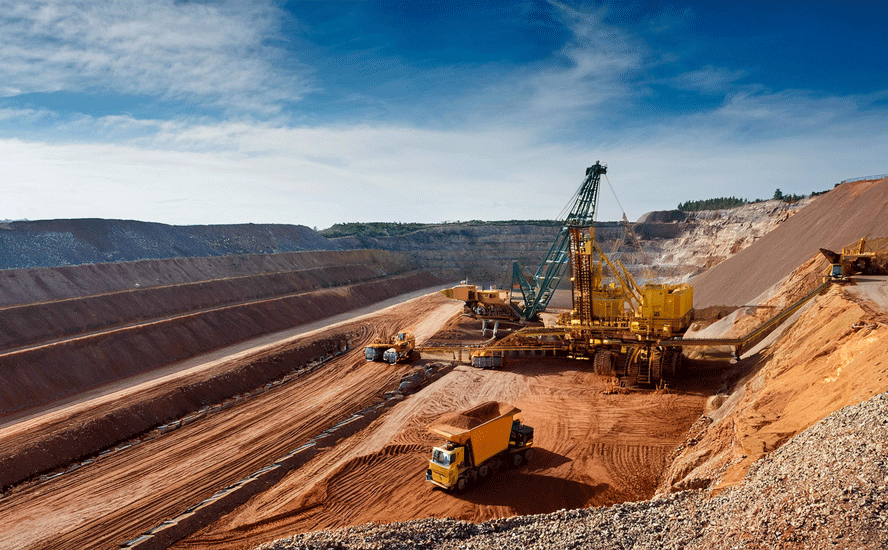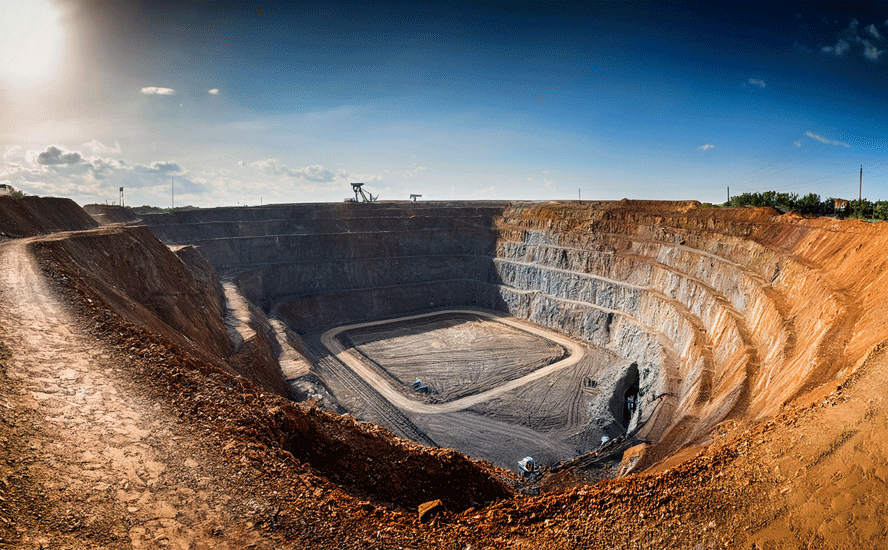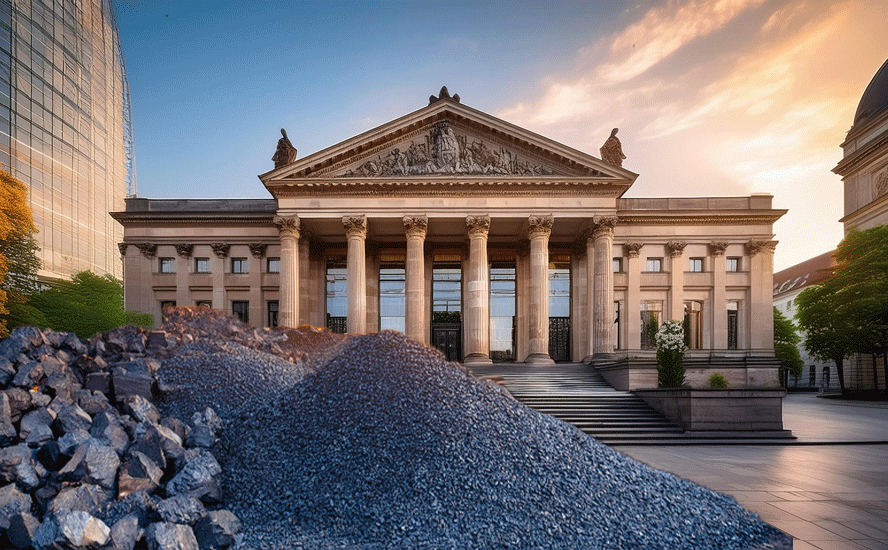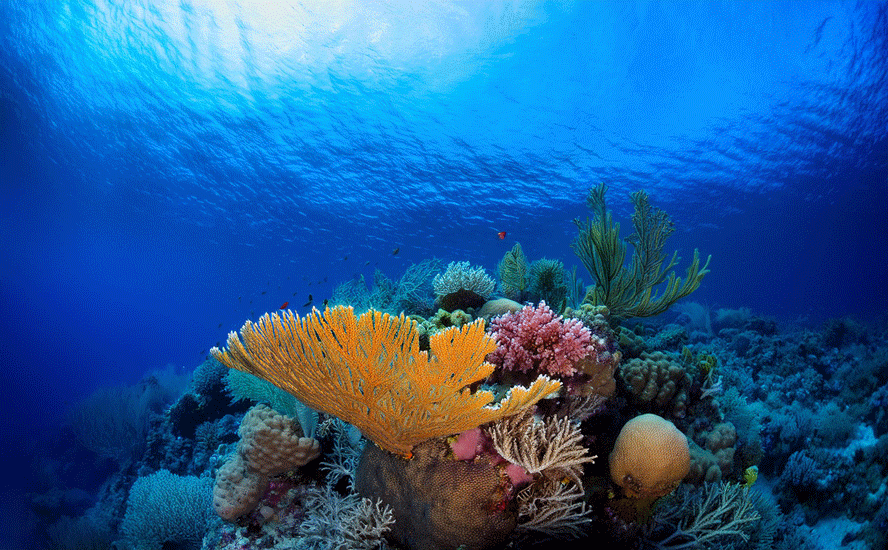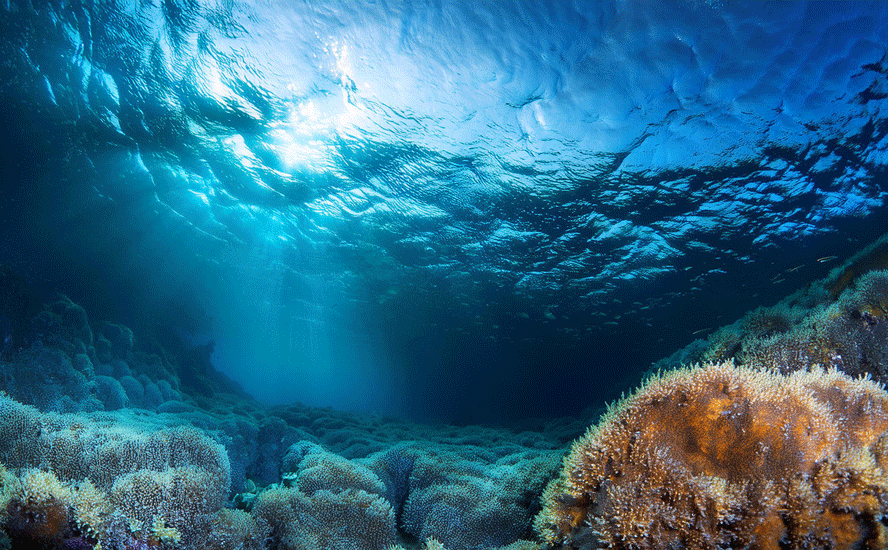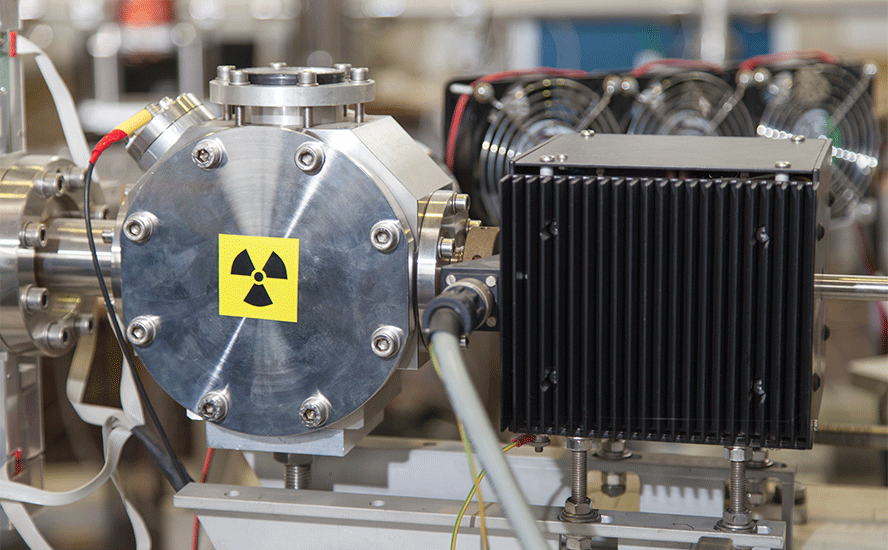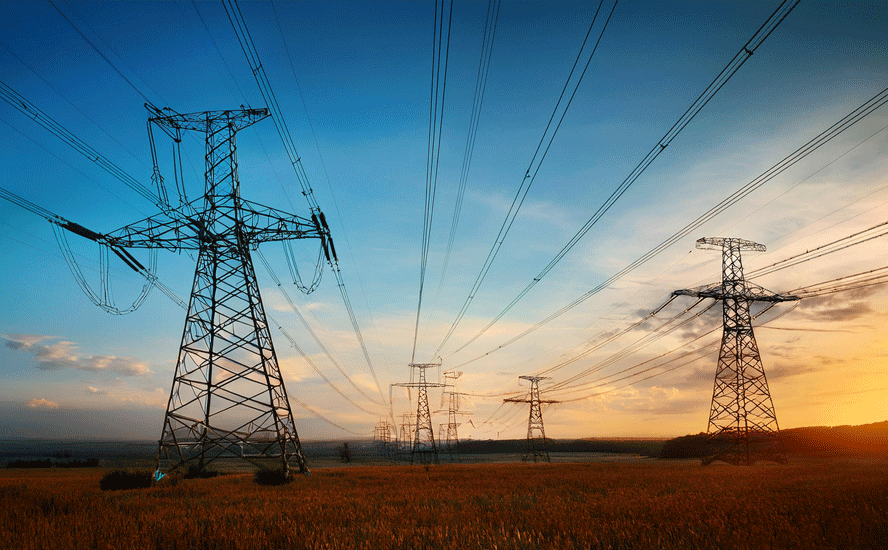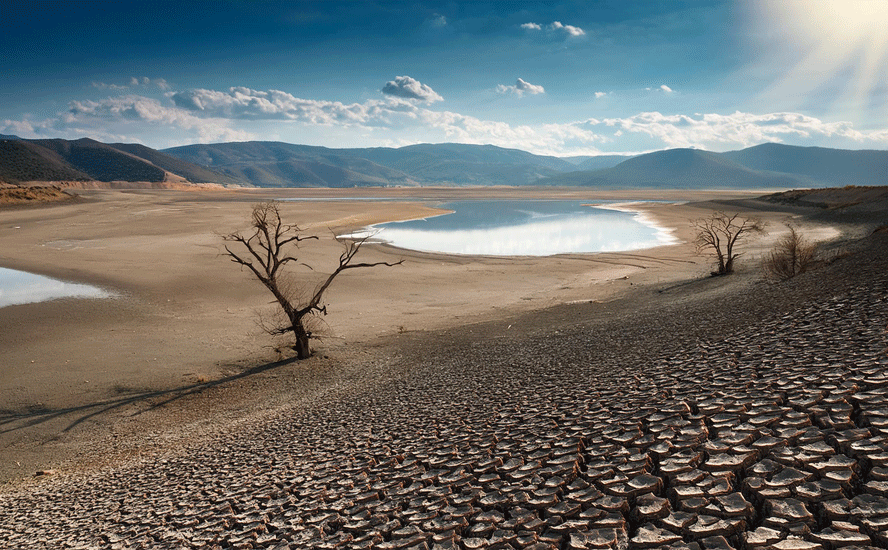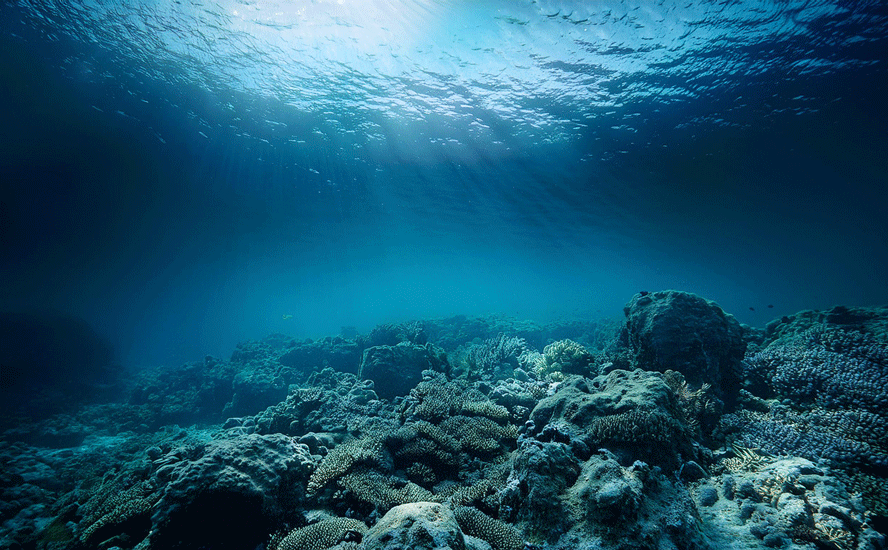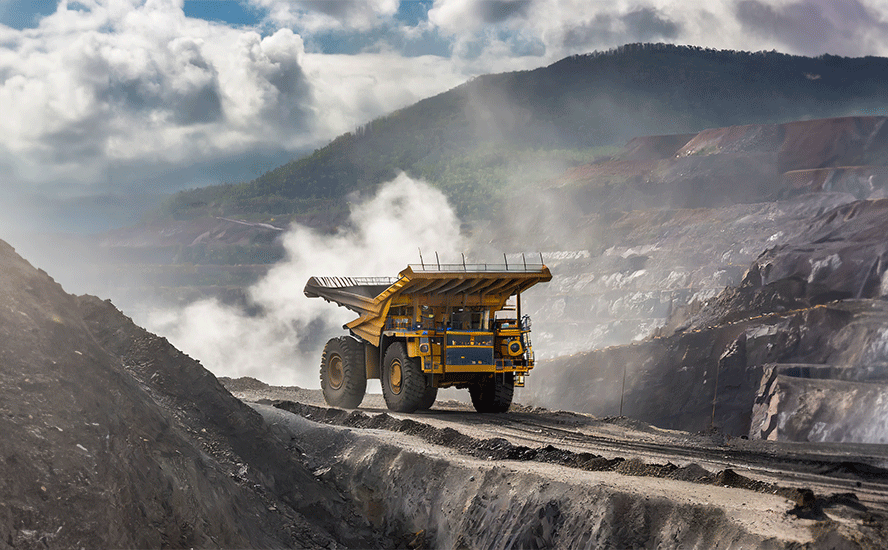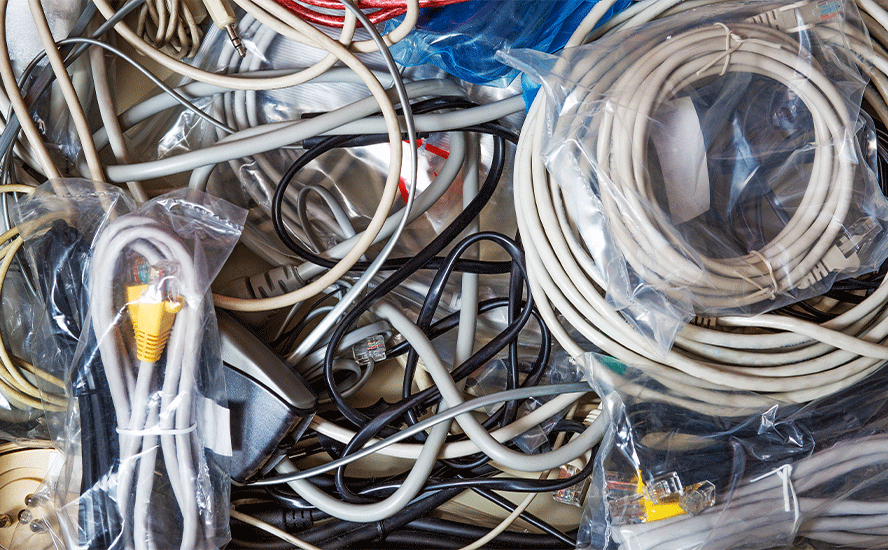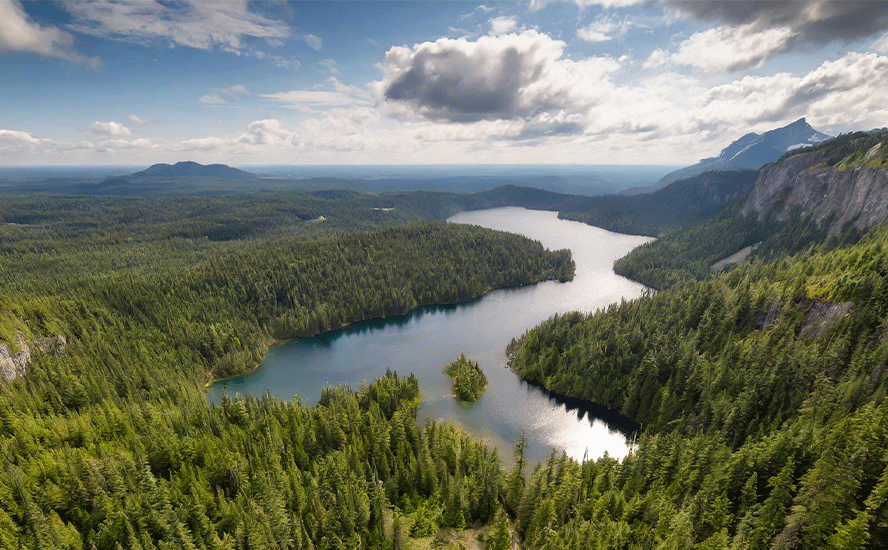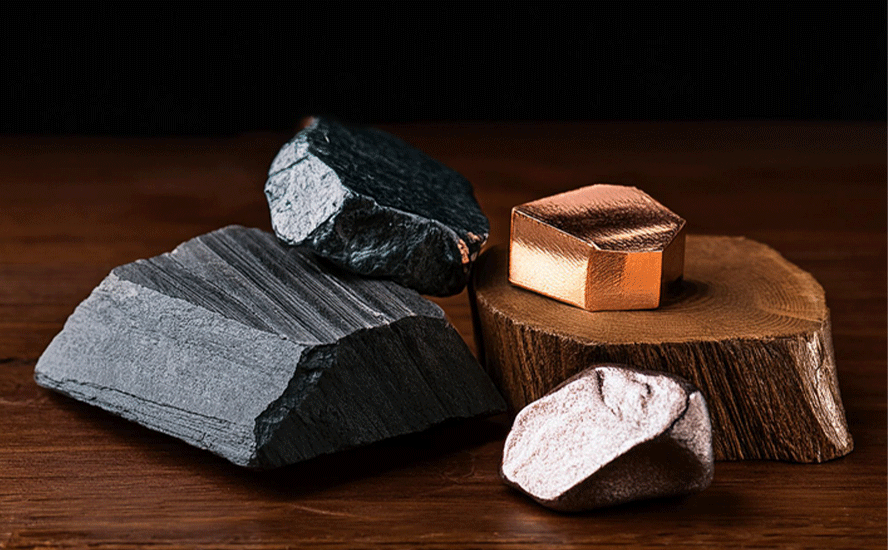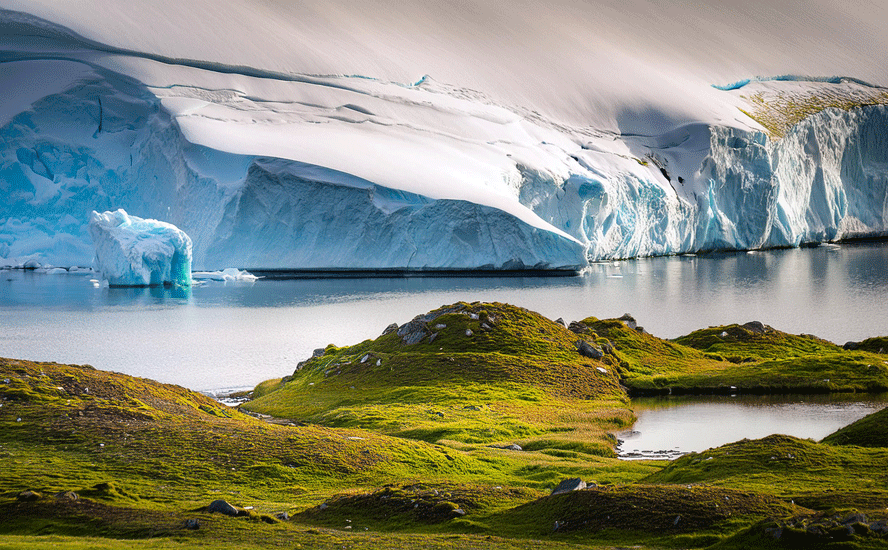Choose thorium-fueled reactors instead of Site C

2019.01.18
I was flying through the Twitterverse when I came across this doozy of a headline: “Cancel Site C: build gas plants, wind power: CD Howe”
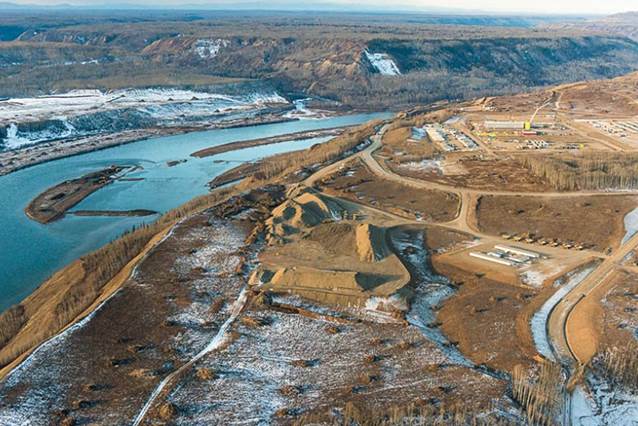
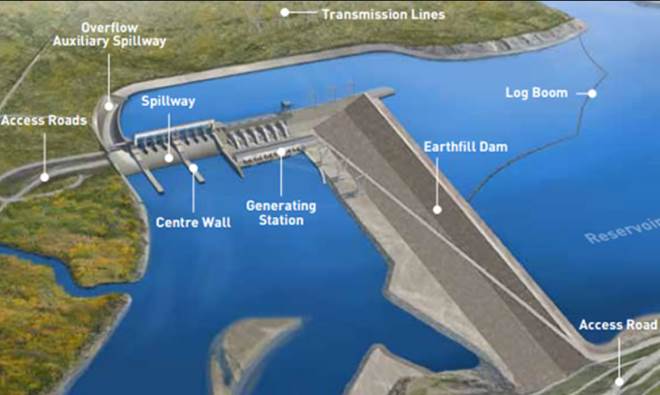
For those unfamiliar with BC politics, Site C is the large hydroelectric dam being built in northeastern BC on the Peace River. The CD Howe Institute is widely seen as Canada’s most influential think tank.
It seems though that someone at wasn’t doing a lot of thinking when they put together a study released to the media this week.
Site C
Site C has been a political football chucked around for years in BC. The Liberals, who governed between 2001 and 2017, introduced the megaproject and initiated construction. So far $3.2 billion has been spent.
When the NDP won power through a coalition with the Green Party in 2017, Premier-elect John Horgan sent the project to the BC Utilities Commission for review. When the BCUC’s report came back saying the dam was overbudget and likely to cost at least $10 billion, Horgan had a difficult decision to make: Waste $3.2 billion in sunken costs plus a 12% increase in electricity rates, or sell out the natives, farmers and many of his own supporters.
Horgan chose the latter, but it made the NDP look like it flip-flopped, and that Horgan would do anything to preserve his precarious minority with the Greens.

The NDP was adamantly against Site C in Opposition because local First Nations opposed it, that it was unnecessary given projected energy needs, and that it would flood a lot of arable land. Now it’s going ahead.
The study
Called ‘Dammed If You Do: How Sunk Costs Are Dragging Canadian Utility Payers Underwater’, the CD Howe study looked at the cost-effectiveness of three Canadian hydroelectric projects – Site C, Keeyask in Manitoba, and Muskrat Falls in Labrador – compared to combined cycle natural gas turbines (CCNGT).
Analyzing the levelized costs of the $10.7 billion Site C dam and the $8.7 billion Keeysak project in Manitoba, author A.J. Goulding found that the levelized costs (the price a power station must receive over its lifetime to break even) may exceed the cost of power provided by CCNGT power plants.
This is even with the sunk $3.4 billion cost of canceling the project and a $50 per tonne carbon tax.
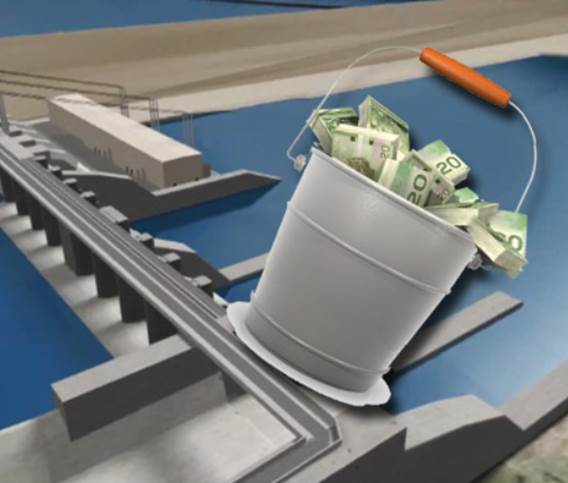
He recommends that BC and Manitoba re-examine the economics of the mega-dams and consider canceling them, to be replaced by more cost-effective alternatives ie. natural gas and wind turbines, noting the falling cost of wind power.
So, the CD Howe Institute, whose mission is to “raise living standards by fostering economically sound public policies,” wants to replace hydroelectric power with natural gas and wind. Really?
Wind turbines, as far as the eye can see
That got me thinking, how many wind farms, or wind turbines, would it take to replace even a portion (say 25%) of Site C’s expected power generation capacity? The answer is, a lot. From the Canadian Wind Energy Association, I learned that, as of August 2018, BC has eight wind projects with a total of 288 wind turbines. The average capacity per turbine is 2.25 megawatts. Site C has an installed capacity of 1,100 megawatts. 25% of 1,100 is 275. So to replace a quarter of the energy produced from Site C, with wind power, would take 122 extra wind turbines, bringing the total wind turbines in BC to 410 – a 43% increase from the current 288.
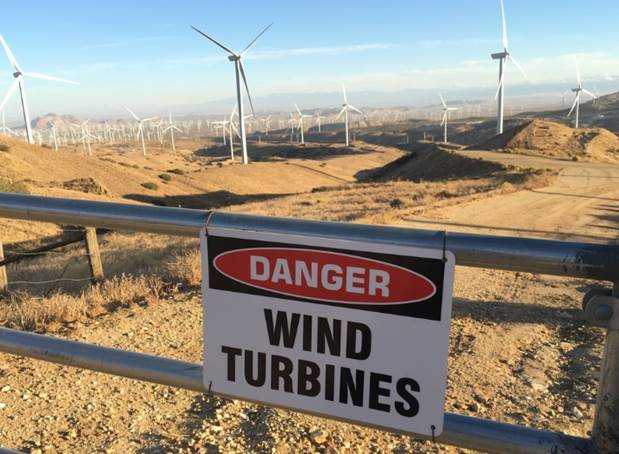
122 extra wind turbines might not seem like a big deal, but they’re a bit like prisons and garbage dumps: NIMBY.
Keep in mind, though, this isn’t baseload power, it’s intermittent power. Releasing wind energy all at once, in a controlled way, to thousands of households, is not currently possible without storage batteries. The greatest obstacle to large-scale energy storage is cost; it is still prohibitively expensive, as we explained in a recent article explaining the cost advantage of lithium-ion batteries for this purpose.
Natural gas bad, LNG good
Staying with the same scenario, imagine replacing 75% of Site C’s capacity with natural gas. That equates to 825 megawatts of extra natural gas-powered energy. BC currently has 507 megawatts of natural gas generating stations across the province, so we’d be looking at a 62% increase.
However, in BC we have something called the Clean Energy Act, which “forbids natural gas power, and requires all new power generation to come from non-emitting sources,” states Business in Vancouver, in the article I referenced at the top.
The publication quotes Clean Energy BC executive director Jae Mather saying, “You’re not going to have BC Hydro adding gas now. If it was going to happen, it would have happened five, 10 years ago. Now, there’s no way. With the CleanBC plan, it’s just not going to happen.”
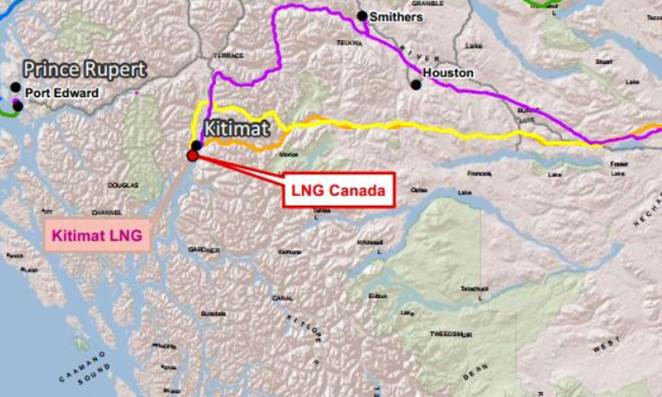
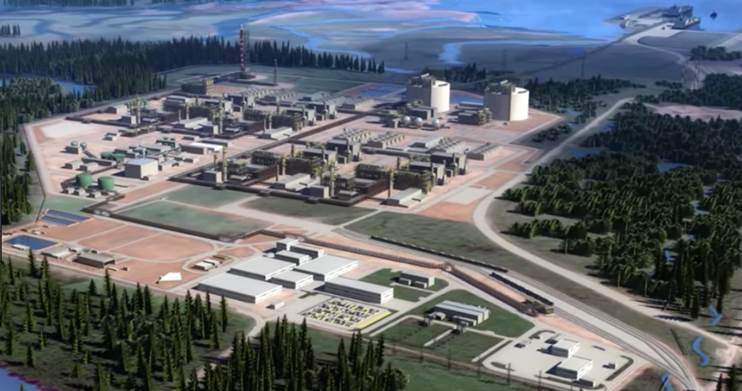
But LNG is supposed to be clean, right? Wrong. Where do you think all the natural gas to be compressed into liquid form for transport comes from? It comes from BC’s natural gas reserves, extracted from the northeast corner, mostly from the Montney tight gas play. The natural gas for LNG Canada will be fracked gas, with all the negative effects that come from it.
Dirty natural gas
Extracting natural gas through hydraulic fracturing, transporting it to a terminal, and then super-cooling it for transport in tankers, is not clean energy; in fact, it may even be dirtier than coal.
To turn it into liquid form, the gas must be cooled to 163 degrees below zero. To do that requires a great deal of power, with massive compression units running 24/7. Where does that power come from? In most cases, the same fracked natural gas is used to run the compression units, which pretty much defeats the purpose of LNG as “clean”.
According to a study by Wood Mackenzie, LNG will be the biggest source of carbon emission growth by 2025 – due to strong demand from Asian buyers.
For more read our The real price of LNG
The $40-billion LNG Canada facility in Kitimat is only the first of many LNG plants likely to come. According to Natural Resources Canada there are currently 14 liquefied natural gas export facilities proposed for BC and 6 for Quebec and Nova Scotia.
Natural gas is mostly methane (CH4), a potent greenhouse gas that is over 25 times more efficient than carbon dioxide at trapping heat in the atmosphere over a 100-year period. (the Intergovernmental Panel on Climate Change (IPCC) says methane is 86 times more damaging than CO2 over a 20-year period)
Fugitive methane emissions run from 1% to 9% of total natural gas life cycle emissions. In order for natural gas power plants to be cleaner than coal, methane emissions over the plant’s life cycle must be kept below 3.2%, according to one study.
Most methane leaks come from flaring excess NG instead of putting it into a pipeline.
As use of fracking technology has increased worries are growing about its impact on our fresh water supply; it’s easy to see why:
- Fracking just one well can use 2 to 8 million gallons of water with the major components being water (90%), sand or proppants (8-9.5%), and chemicals (0.5-2%). One 4-million-gallon fracturing operation would use from 80 to 330 tons of chemicals and each well will be fracked numerous times. Many of these chemicals have been linked to cancer, developmental defects, hormone disruption, and other conditions.
- Cracked wells and rock movement frequently leak fracking fluid and gases into nearby groundwater supplies. Fracturing fluid leak-off (loss of fracturing fluid from the fracture channel into the surrounding permeable rock) can exceed 70% of injected volume.
- Methane concentrations are 17 times higher in drinking-water wells near fracturing sites than in normal wells. Hydraulic fracturing increases the permeability of shale beds, creating new flow paths and enhancing natural flow paths for gas leakage into aquifers.
- Fracking has caused benzene poisoning among pregnant native women in northeastern BC – natural gas country. Benzene is a known carcinogen that’s been linked to low birth weights and birth defects.
It’s been proven that fracking causes earthquakes. A study published in 2016 found that both fracking wells and wastewater disposal wells, increase seismicity. A major research project testing seismicity in northeastern BC found a 13-fold increase in the number of earthquakes under 2.5, from just 14 between 2009 and 2013, to 186 for one year, between August 2013 and August 2014. The data corresponds with a dramatic increase in natural gas production in both BC and Alberta during roughly the same time period. Fracking has been halted in North Eastern BC because of fracking caused earthquakes.
Ironically, BC’s NDP government railed against a crude oil pipeline, Kinder Morgan’s Trans Mountain pipeline extension, and in favour of LNG Canada, approved last September. This despite the fact that LNG Canada will bring more marine traffic to BC’s waters than Trans Mountain would – about 350 LNG tankers per year compared to 300 oil tankers.
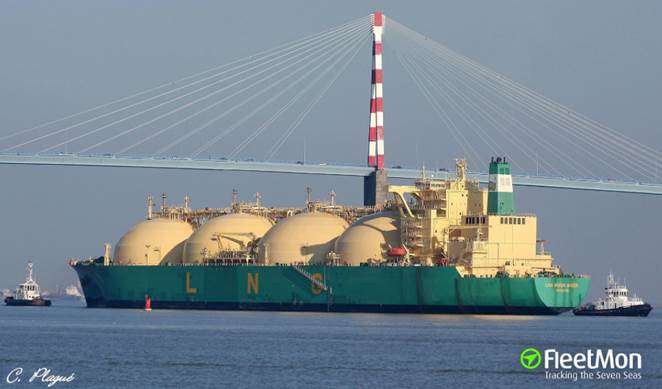
The NDP also gave the LNG Canada consortium of Asian companies a $5.3 billion tax break, in return for $22 billion in tax revenue over 40 years.
That seems pretty good, until you factor in the long-term costs of LNG, in climate change fallouts. This includes:
- The likely extinction of killer whales. Marine biologists found that if male orcas swim close to freighters, they are bothered by the noise, which can be as loud underwater as 173 decibels, around the same level as a loud rock concert. The noise interferes with the whales’ ability to find food, mainly chinook salmon, and mates. Warming oceans caused by climate change will increase noise volumes, further harming marine mammals like our killer whales.
- More landslides and erupting volcanoes. The crack of a glacier breaking apart was the trigger for the 2010 Mount Meager landslide near Squamish. Researchers think that warming temperatures are responsible for newly exposed vents atop Mount Meager emitting hydrogen sulfide, carbon dioxide and steam. They are studying the gases, the expansion of the “fumoles” (vents) and how fast the ice is shrinking, which could trigger an eruption and a landslide like in 2010, only 10 times worse.
- More forest fires. Forest fires are caused by droughts, which in BC have been getting longer over the years. Last summer was the worst fire season on record and anecdotally, there was a lot more smoke than in 2017. Close to 13,000 square kilometers were burnt, breaking the previous record set in 2017; that year, the government spent $568 million on fire suppression.
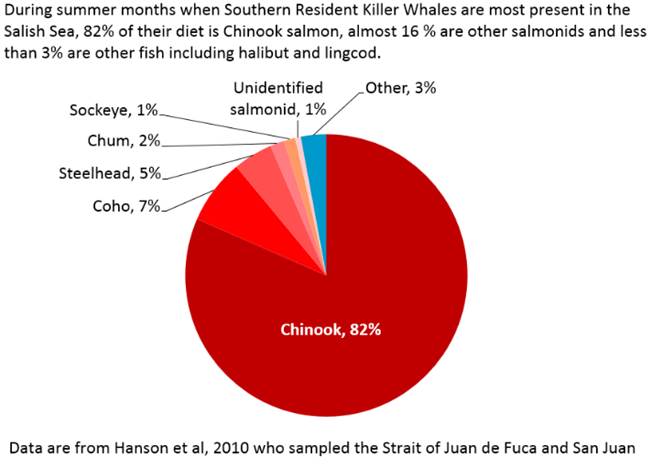

In the end, that $22 billion in benefits that Premier Horgan promised from LNG Canada, will likely get whittled down to zero benefits, or even negative, when we factor in all the negative effects of natural gas development needed to support an LNG industry in BC: water over-use from fracking, contaminated water supplies including benzene poisoning, a huge increase in methane, further accelerating global warming, the extinction of majestic marine species, and more natural disasters like forest fires, landslides, earthquakes and even erupting volcanoes.
It all sounds pretty horrific, but it doesn’t have to be. We propose a different solution (though now academic) to Site C, from the seriously flawed logic of the CD Howe Institute. Its thorium based nuclear energy.
Thorium reactors
British Columbia could replace Site C with conventional (uranium) nuclear power, but the province slapped a ban on uranium mining in 2008. No matter the future is nuclear reactors that are run by thorium.
Thorium is named after Thor, the Norse god of thunder. It was first discovered in 1815 by Jöns Jakob Berzelius, a Swedish chemist. It took another 70 years for scientists to realize that thorium was radioactive. The first thorium-based nuclear reactor was built at the Indian Point Energy Center, New York, in 1962.
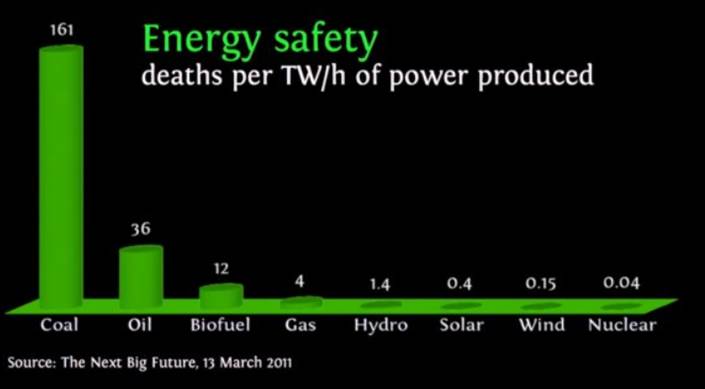
According to the Royal Society of Chemistry, thorium’s benefits over uranium-fed, water-cooled nuclear reactors include:
- Thorium is three to four times more abundant than uranium. There is estimated to be enough thorium on the planet to last 10,000 years.
- Thorium is more easily extracted than uranium.
- Liquid fluoride thorium reactors (LFTR) – a type of molten salt reactor – have very little waste compared with reactors powered by uranium.
- It is more efficient. One tonne of thorium delivers the same amount of energy as 250 tonnes of uranium.
- LFTRs run at atmospheric pressure instead of 150 to 160 times atmospheric pressure currently needed for water cooled reactors.
- Thorium is less radioactive than uranium
Molten salt reactors (MSRs) are well suited to thorium fuel. One of the main advantages of MSRs is the reactor cannot melt down, as we saw in Fukushima when electric pumps were inundated by the 2011 tsunami, failing to cool the fuel rods, which overheated and caused radiation emissions.
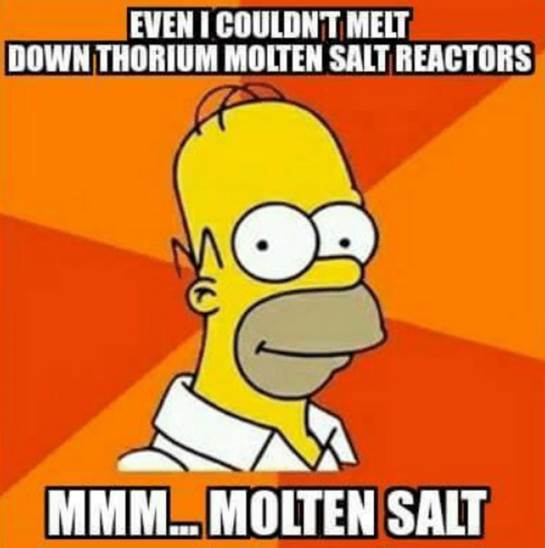
The Site C dam is slated to provide 1,100 megawatts of capacity – enough to power half a million homes. The same goal could be reached by using a similar thorium reactor to that being developed by Indonesia – a molten salt reactor capable of delivering 1,000MW.
Another plus of thorium reactor’s is that nuclear waste (ie. plutonium) from uranium fueled reactors can be recycled to recover the fissile materials needed to create the nuclear reaction. In this way, thorium reactors not only generate less waste than conventional reactors, but also help to rectify the nuclear waste disposal problem.
To learn about the fascinating history of thorium and its potential for nuclear power generation, read our Uranium’s ugly stepsister.
Conclusion
It disturbs me that the CD Howe Institute appears to support natural gas development and was, imo, likely paid, by oil and gas industry lobbyists, to write the above-cited report encouraging natural gas and wind power to replace hydro power from the Site C dam. The report is pro-NG propaganda that ignores the negative effects of fracking, methane and benezene on the environment, and us, that have been proven by scientific research. It’s also concerning that CD Howe promotes wind without appearing to appreciate how useless wind is as a form of baseload power, without energy storage capacity, technology that is still in its infancy.
“The Clean Energy Act forbids natural gas power and requires all new power generation to come from non-emitting sources.”
The Clean Energy Act got both parts of the above statement right a) no more NG and 2) non-emitting.
However, the Act also forbids nuclear energy in the province. This they have wrong. Thorium produced nuclear energy is emissions free base load power. It’s the greenest, safest, most cost-efficient energy source available.
As it has been for millennia, but especially so in the Internet age, its caveat lector, reader beware.
Richard (Rick) Mills
Ahead of the Herd is on Twitter
Ahead of the Herd is now on FaceBook
Ahead of the Herd is now on YouTube
Legal Notice / Disclaimer
This document is not and should not be construed as an offer to sell or the solicitation of an offer to purchase or subscribe for any investment. Richard Mills has based this document on information obtained from sources he believes to be reliable but which has not been independently verified. Richard Mills makes no guarantee, representation or warranty and accepts no responsibility or liability as to its accuracy or completeness. Expressions of opinion are those of Richard Mills only and are subject to change without notice. Richard Mills assumes no warranty, liability or guarantee for the current relevance, correctness or completeness of any information provided within this Report and will not be held liable for the consequence of reliance upon any opinion or statement contained herein or any omission. Furthermore, I, Richard Mills, assume no liability for any direct or indirect loss or damage or, in particular, for lost profit, which you may incur as a result of the use and existence of the information provided within this Report.
Legal Notice / Disclaimer
Ahead of the Herd newsletter, aheadoftheherd.com, hereafter known as AOTH.Please read the entire Disclaimer carefully before you use this website or read the newsletter. If you do not agree to all the AOTH/Richard Mills Disclaimer, do not access/read this website/newsletter/article, or any of its pages. By reading/using this AOTH/Richard Mills website/newsletter/article, and whether you actually read this Disclaimer, you are deemed to have accepted it.
